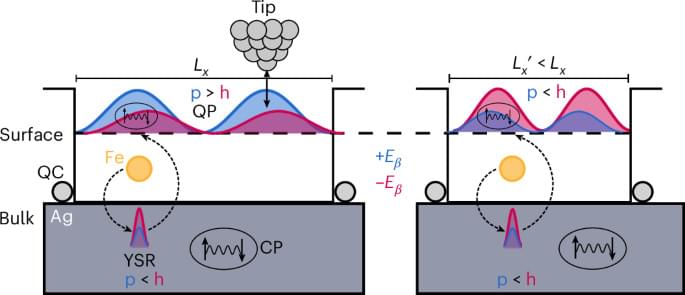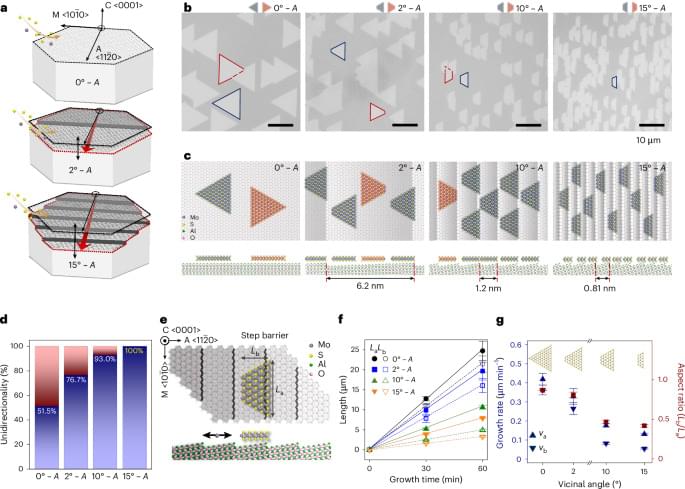Researchers at Rice University have developed a sophisticated 3D photonic-crystal cavity that can trap and control light in unprecedented ways, unlocking powerful light-matter interactions. Their work explores how photons and electrons interact under intense conditions — revealing exotic quantum states like polaritons and entering the realm of “ultrastrong coupling.”
Category: quantum physics – Page 13

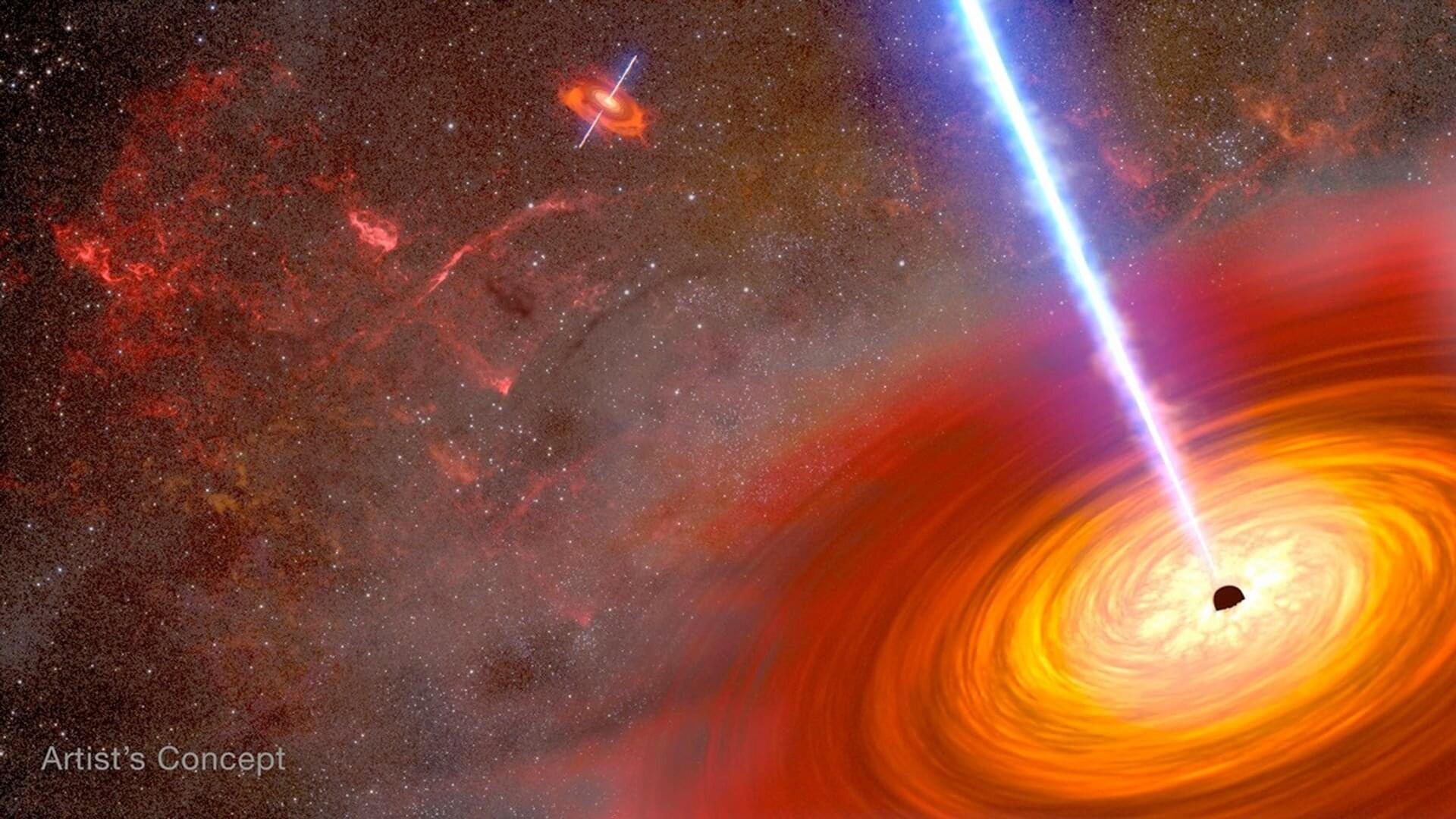
Probing the quantum nature of black holes through entropy
In a study published in Physical Review Letters, physicists have demonstrated that black holes satisfy the third law of thermodynamics, which states that entropy remains positive and vanishes at extremely low temperatures, just like ordinary quantum systems. The finding provides strong evidence that black holes possess isolated ground states, a hallmark of quantum mechanical behavior.
Understanding gravity’s quantum behavior is among the biggest open questions facing modern physics. Black holes are used as laboratories for investigating quantum gravity, particularly at low temperatures where quantum effects become visible.
Prior calculations showed that black hole entropy might become negative at low temperatures, a result that appeared physically puzzling. In this work, researchers addressed the paradox by incorporating wormhole effects in the two-dimensional Jackiw-Teitelboim (JT) gravity model.

Google Quantum AI realizes three dynamic surface code implementations
Quantum computers are computing systems that process information leveraging quantum mechanical effects. These computers rely on qubits (i.e., the quantum equivalent of bits), which can store information in a mixture of states, as opposed to binary states (0 or 1).
While quantum computers could tackle some computational and optimization problems faster and more effectively than classical computers, they are also inherently more prone to errors. This is because qubits can be easily disturbed by disturbances from their surrounding environment, also referred to as noise.
Over the past decades, quantum engineers and physicists have been trying to develop approaches to correct noise-related errors, also known as quantum error correction (QEC) techniques. While some of these codes achieved promising results in small-scale tests, reliably implementing them on real circuits is often challenging.

Quantum sensor based on silicon carbide qubits operates at room temperature
Over the past decades, physicists and quantum engineers introduced a wide range of systems that perform desired functions leveraging quantum mechanical effects. These include so-called quantum sensors, devices that rely on qubits (i.e., units of quantum information) to detect weak magnetic or electric fields.
Researchers at the HUN-REN Wigner Research Center for Physics, the Beijing Computational Science Research Center, the University of Science and Technology of China and other institutes recently introduced a new quantum sensing platform that utilizes silicon carbide (SiC)-based spin qubits, which store quantum information in the inherent angular momentum of electrons. This system, introduced in a paper published in Nature Materials, operates at room temperature and measures qubit signals using near-infrared light.
“Our project began with a puzzle,” Adam Gali, senior author of the paper told Phys.org. “Quantum defects that sit just a few nanometers below a surface are supposed to be fantastic sensors—but in practice, they pick up a lot of ‘junk’ signals from the surface itself. This is especially true in SiC. Its standard oxide surface is full of stray charges and spins, and those produce noise that overwhelms the quantum defects we actually want to use for sensing. We wanted to break out of this limitation.”
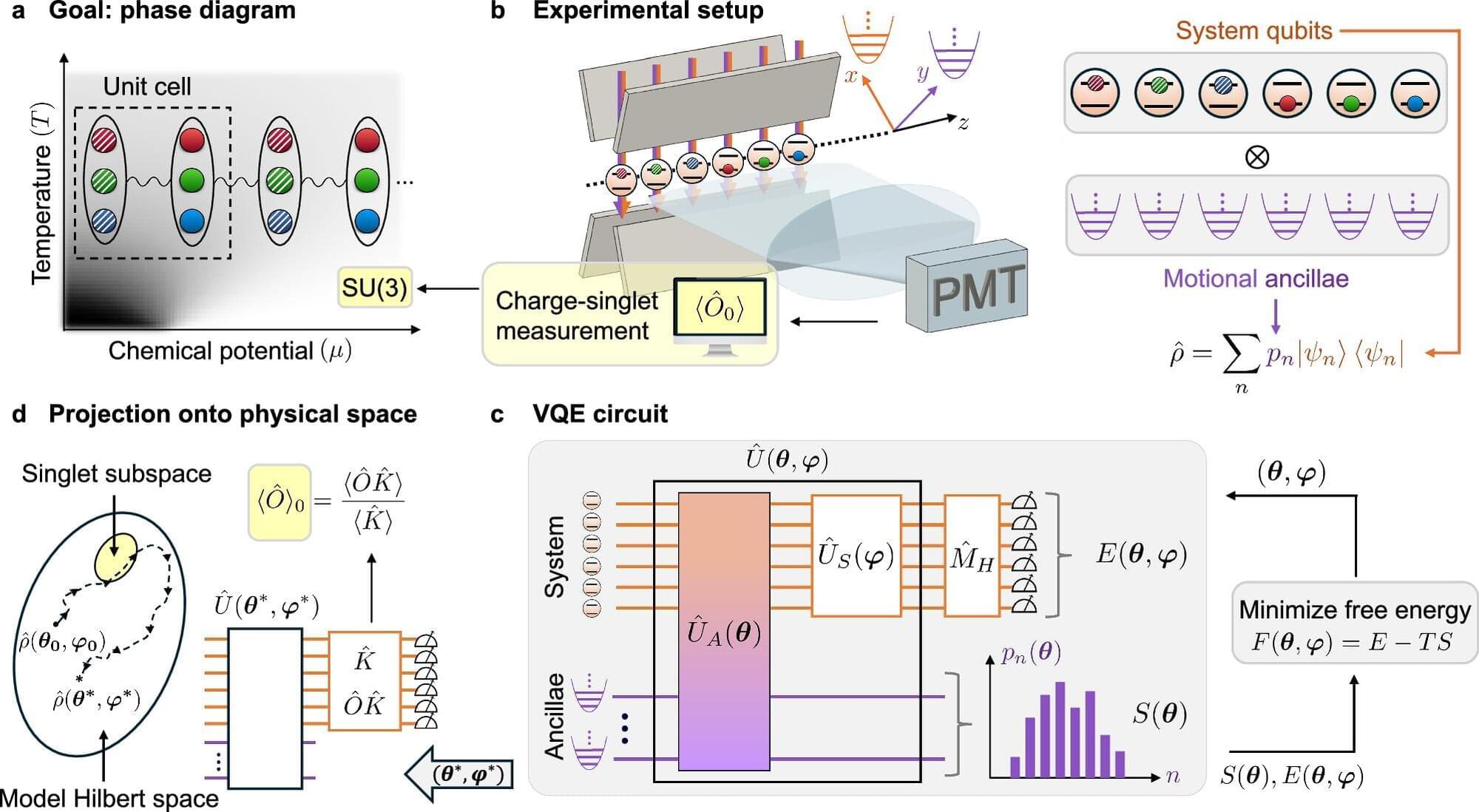
Can quantum computers help researchers learn about the inside of a neutron star?
A new paper published in Nature Communications could put scientists on the path to understanding one of the wildest, hottest, and most densely packed places in the universe: a neutron star.
Christine Muschik, a faculty member at the University of Waterloo Institute for Quantum Computing (IQC) and a research associate faculty member at Perimeter Institute is part of a U.S.–Canadian research group using a quantum computer to build on a theory of quantum chromodynamics that describes how different varieties of quarks and gluons (the most fundamental bits of nature) interact in nuclei.
To really understand the behavior of the quark-gluon plasma in extreme conditions like the beginning of the universe, or the inside of a neutron star, scientists need a map, a so-called “phase diagram” to describe the phase transitions in those conditions that are so extreme—so dense and complex—that classical computer simulations of the models will fail.
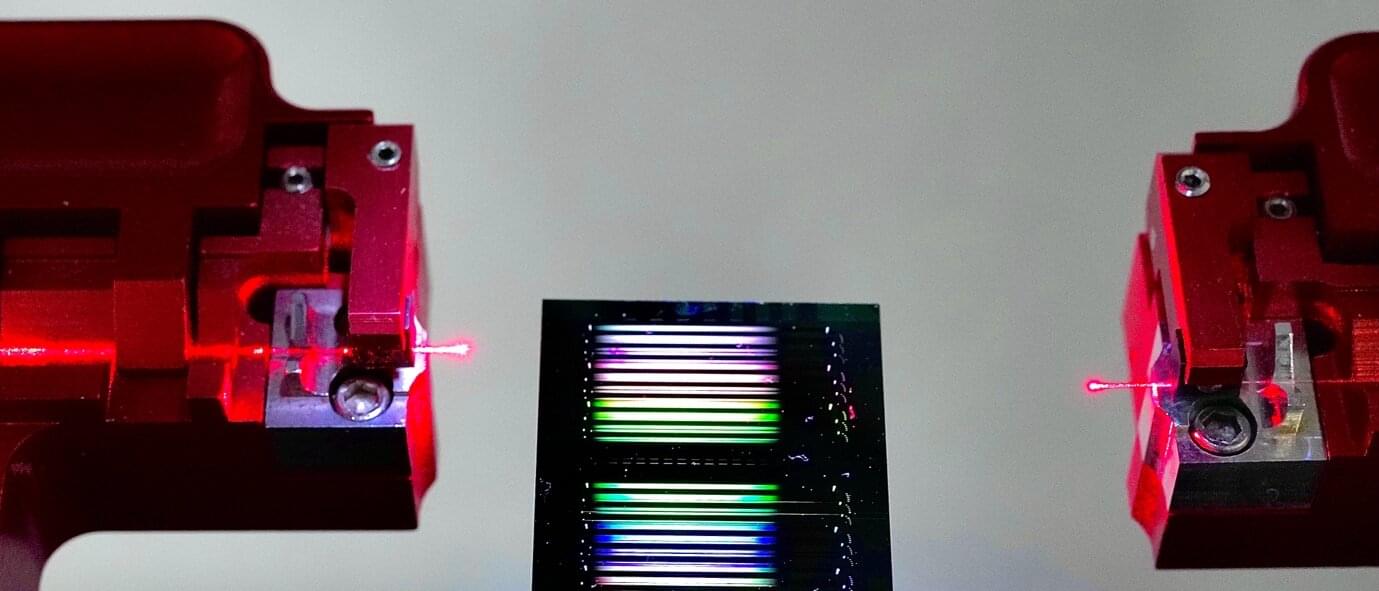
Nanoscale ‘Bragg gratings’ on photonic chips suppress noise in laser light
Researchers at the University of Sydney have cracked a long-standing problem in microchip-scale lasers by carving tiny “speed bumps” into the devices’ optical cavity in their quest to produce exceptionally “clean” light. This exquisitely narrow spectrum light could be used in future quantum computers, advanced navigation systems, ultra-fast communications networks and precision sensors.
In a new study published in APL Photonics, the team shows how to eliminate a critical source of noise in Brillouin lasers, a special class of light source known for its extraordinary purity, producing an ultranarrow spectrum that is almost a perfect single wavelength (or color) of light.
Light produced from sources like lightbulbs have a broad wavelength spectrum and are fine for everyday use but are too “noisy” for precision scientific purposes, where lasers are needed.

Superconductivity for addressing global challenges
High‑energy physics has always been one of the main drivers of progress in superconducting science and technology. None of the flagship accelerators that have shaped modern particle physics could have succeeded without large‑scale superconducting systems. CERN continues to lead the efforts in this field. Its next accelerator, the High‑Luminosity LHC, relies on high-grade superconductors that were not available in industry before they were developed for high-energy physics. Tomorrow’s colliders will require a new generation of high‑temperature superconductors (HTS) to be able to realise their research potential with improved energy efficiency and long‑term sustainability.
Beyond the physics field, next‑generation superconductors have the potential to reshape key technological sectors. Their ability to transmit electricity without resistance, generate intense magnetic fields and operate efficiently at high temperatures makes them suitable for applications in fields as diverse as healthcare, mobility, computing, novel fusion reactors, zero‑emission transport and quantum technologies. This wide range of applications shows that advances driven by fundamental physics can generate broad societal impact far beyond the laboratory.
The Catalysing Impact – Superconductivity for Global Challenges event seeks to accelerate the transition from science to societal applications. By bringing together top-level researchers, industry leaders, policymakers and investors, the event provides a structured meeting point for technical expertise and strategic financing. Its purpose is not simply to present progress but to build bridges across sectors, disciplines and funding landscapes in order to move superconducting technologies from early demonstrations to impactful applications.
